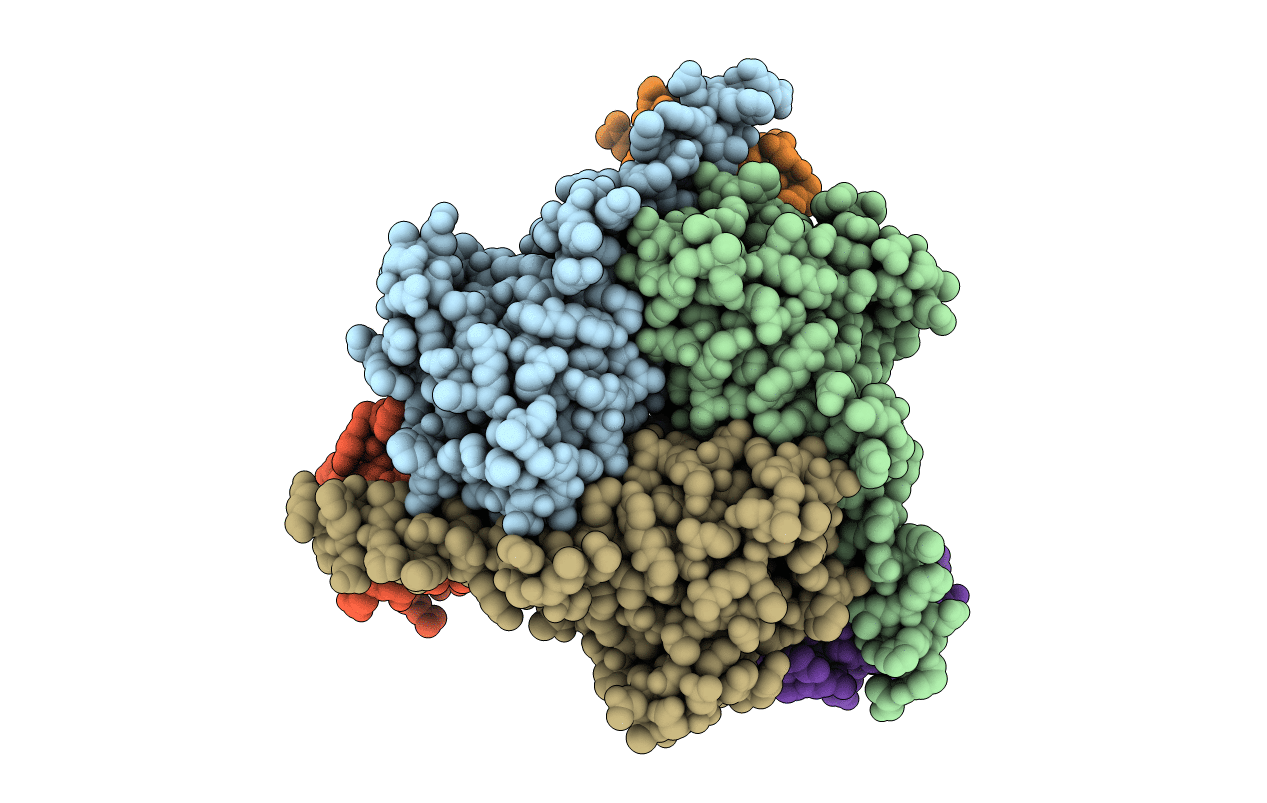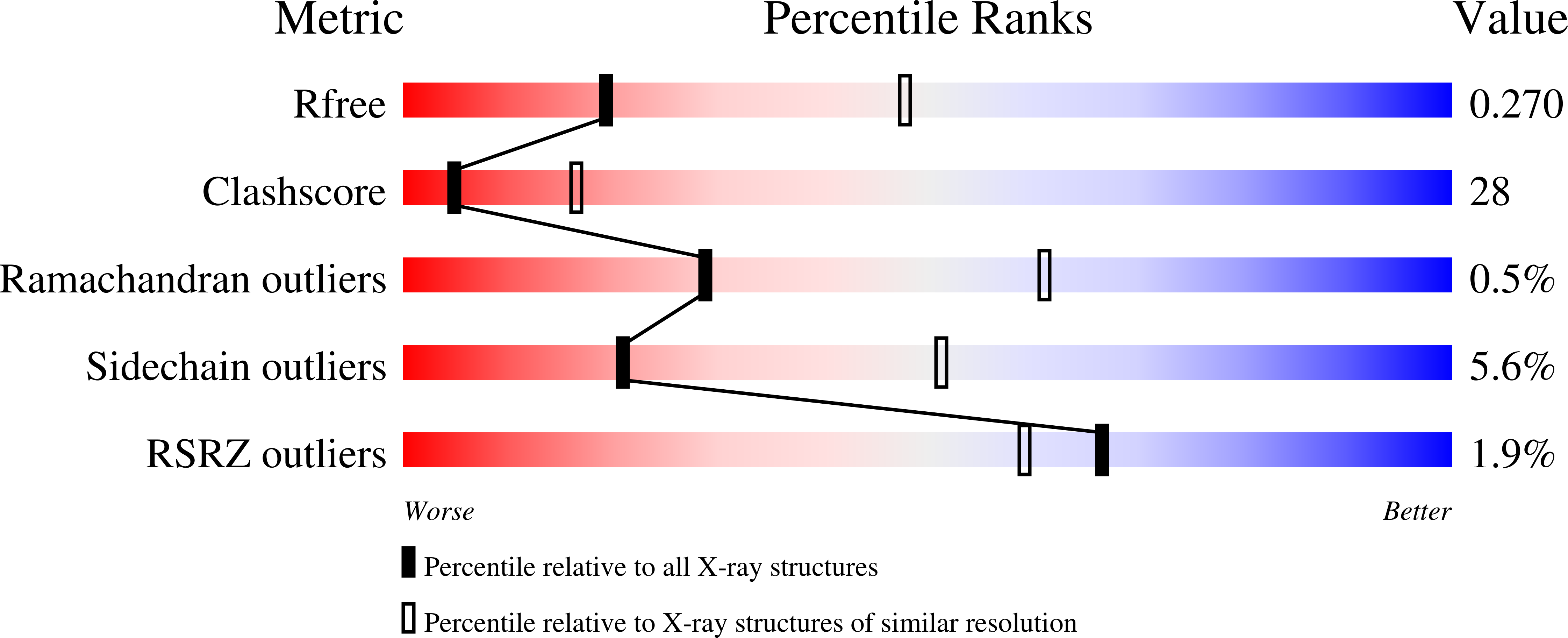
Deposition Date
2001-12-10
Release Date
2002-08-28
Last Version Date
2024-10-30
Entry Detail
PDB ID:
1KKM
Keywords:
Title:
L.casei HprK/P in complex with B.subtilis P-Ser-HPr
Biological Source:
Source Organism:
Lactobacillus casei (Taxon ID: 1582)
Bacillus subtilis (Taxon ID: 1423)
Bacillus subtilis (Taxon ID: 1423)
Host Organism:
Method Details:
Experimental Method:
Resolution:
2.80 Å
R-Value Free:
0.25
R-Value Work:
0.20
Space Group:
P 32 1 2


